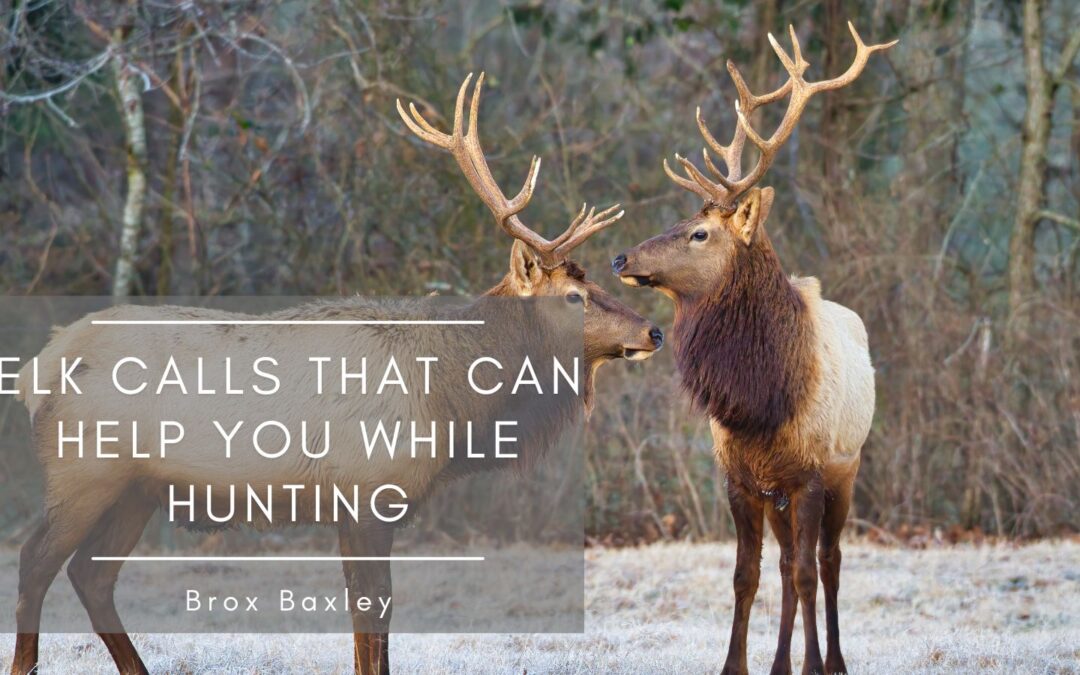Elk hunting requires skill, patience, and an understanding of elk behavior. One of the most effective techniques for drawing elk closer during a hunt is using elk calls. Elk calls imitate various sounds made by elk, helping hunters communicate with these majestic creatures and increase their chances of a successful hunt.
Bugle Call
The bugle call is perhaps the most iconic and recognizable sound in elk hunting. It is primarily used during the rut (mating season) to imitate the vocalization of a bull elk. A bugle call can express dominance and attract other bulls or challenge them. When using a bugle call, practicing to achieve realistic tones and volume is crucial. A good bugle call can evoke responses from bull elk, making them come closer to investigate and potentially present a shot opportunity.
Cow Call
Cow calls imitate the vocalizations of female elk and are especially effective during the rut. Cow calls can simulate the sounds of a lost or estrous cow, attracting curious bulls seeking potential mates. Additionally, cow calls can be used to calm or locate elk, as they often respond to the comforting sounds of other cows nearby.
Chuckle or Mew Call
Chuckle calls, also known as mew calls, imitate the soft sounds made by cow elk, often to communicate with their calves or other herd members. These calls can pique the bulls’ curiosity and draw them closer. Chuckle calls are particularly effective when bulls are less responsive to aggressive bugling.
Raking Call
Bulls often display dominance during the rut by rubbing their antlers against trees and bushes. The raking call mimics the sound of antlers scraping against the vegetation, signaling the presence of a bull and potentially arousing their curiosity. Raking calls are useful for attracting bulls looking for a challenge or asserting dominance.
Location or Locator Call
Locator calls are not elk-specific calls but rather sounds used to locate elk in an area. Examples include owl hoots, coyote howls, or even crow caws. These sounds can help identify elk movement and their general location, giving hunters valuable information on where to focus their efforts.
Elk calls are valuable tools for hunters seeking to enhance their success during elk hunting season. Hunters need to practice and familiarize themselves with these calls to achieve realistic and convincing sounds.
Remember, elk hunting requires patience and an understanding of elk behavior. While elk calls can be powerful aids in drawing elk closer, it’s crucial to apply ethical hunting practices and abide by hunting regulations to ensure the conservation of these magnificent creatures. Happy hunting, and may the calls guide you toward a memorable and successful elk hunting experience.

